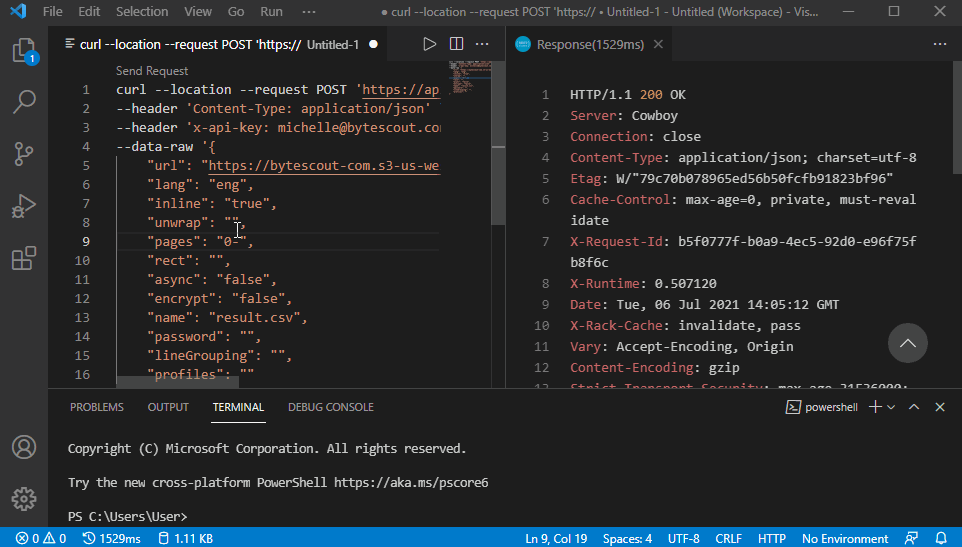
This is how we can load CSV type file from the URL in TensorFlow with Python. import pandas as pdĭesc = pd.read_csv(train_file_path).describe() The process will give numbers as result that are distributed with expectation 0. Now We’ll be normalizing our unorganized dataset. Numeric_features = tf.stack(numeric_features, axis=-1) example_batch, labels_batch = next(iter(temp_dataset)) packed_dataset = temp_dataset.map(pack)įor features, labels in packed_dataset.take(1): Now, a preprocessor is all we need, we’ll be selecting and packing the numeric data into a single column. Return tf.stack(list(features.values()), axis=-1), label After that, apply the pack() into elements of the dataset just like you can see below: def pack(features, label): We are going to pack all the columns with tf.stack (). Select_columns argument allows you to insert your choice of columns. Temp_dataset = get_dataset(train_file_path, Show_batch(temp_dataset) sex : Įmbark_town : Temp_dataset = get_dataset(train_file_path, column_names=CSV_COLUMNS) Here, as we can see, TensorFlow is returning the column names. Show_batch(raw_train_data) sex : Ĭlass : ĭeck : Įmbark_town : [b'Southampton' b'Southampton' b'Southampton' b'Southampton' Raw_test_data = get_dataset(test_file_path)įunction called ‘ show_batch‘ will return the dataset that we stored in ‘raw_train_data’. Raw_train_data = get_dataset(train_file_path) ‘ batch_size‘ represents one single batch that was made by combining number of records. Whereas, ‘ **kwargs‘ is an argument that allows us to add more arguments in future. ‘ get_dataset‘ function takes file path as input which will return dataset. Now, we’ll be reading our data file and will create our dataset. We’ll label column named “survived” as 0 or 1 as we’ll be revisiting it’s value, since it’s the data we want for this module.ĭataset = tf._csv_dataset( (The datasets are taken from TensorFlow.) LABEL_COLUMN = 'survived' Np.set_printoptions(precision=3, suppress=True) Downloading data fromģ2768/30874 - 0s 3us/step Downloading data fromġ6384/13049 - 0s 1us/step Test_file_path = tf._file("eval.csv", TEST_DATA_URL) Train_file_path = tf._file("train.csv", TRAIN_DATA_URL)

from _future_ import absolute_import, division, print_function, unicode_literalsĭownloading data from URL: TRAIN_DATA_URL = ""

The functools module is for the functions that act on or return other functions, which we’ll be needed later. These data are stored in and access through CSV file.
#Csv url extractor download#
There is an option to DOWNLOAD the CSV (data) on that page, which will download the CSV data locally. Suppose we want to grab the Chicago Home Price Index data from Fred Economic Data. When we are working on a machine learning project, it needs data in a large amount. Let’s see a real-life example of how we might come across a CSV file to download. It is used for many different kind of business purposes. csv extension.ĬSV file serves data in a large amount. CSV files can be used with Microsoft Excel or Google Spreadsheets. It allows data to be stored in tabular format.

#Csv url extractor how to#
In this tutorial, we are going to learn how to Load CSV Data From URL in TensorFlow with Python programming so that we can use it for our task.īefore we go forward, let me explain about CSV data file in brief…ĬSV stands for comma-separated values.


 0 kommentar(er)
0 kommentar(er)
